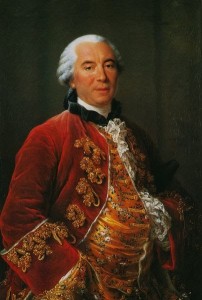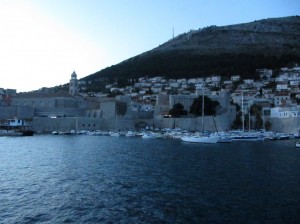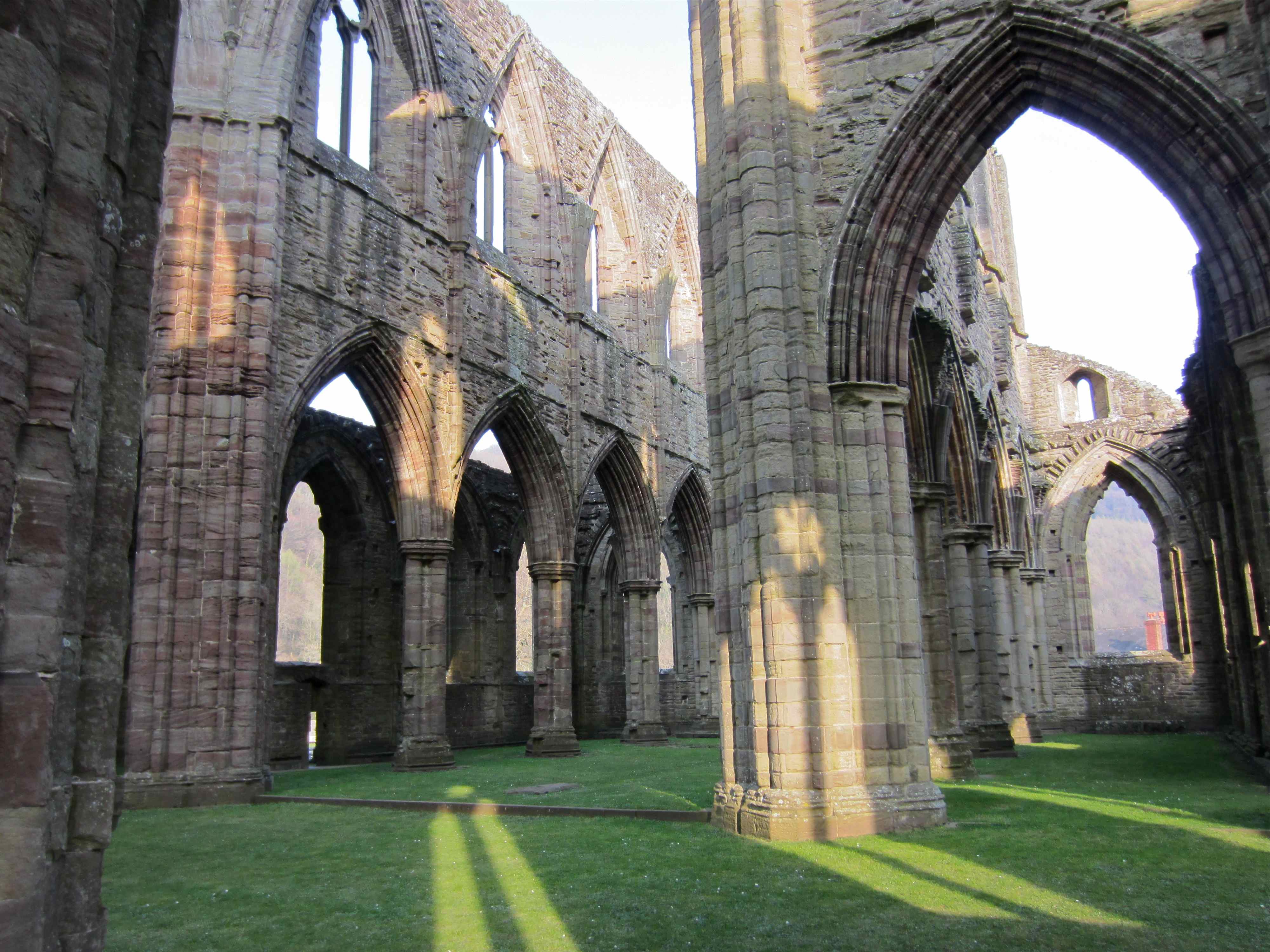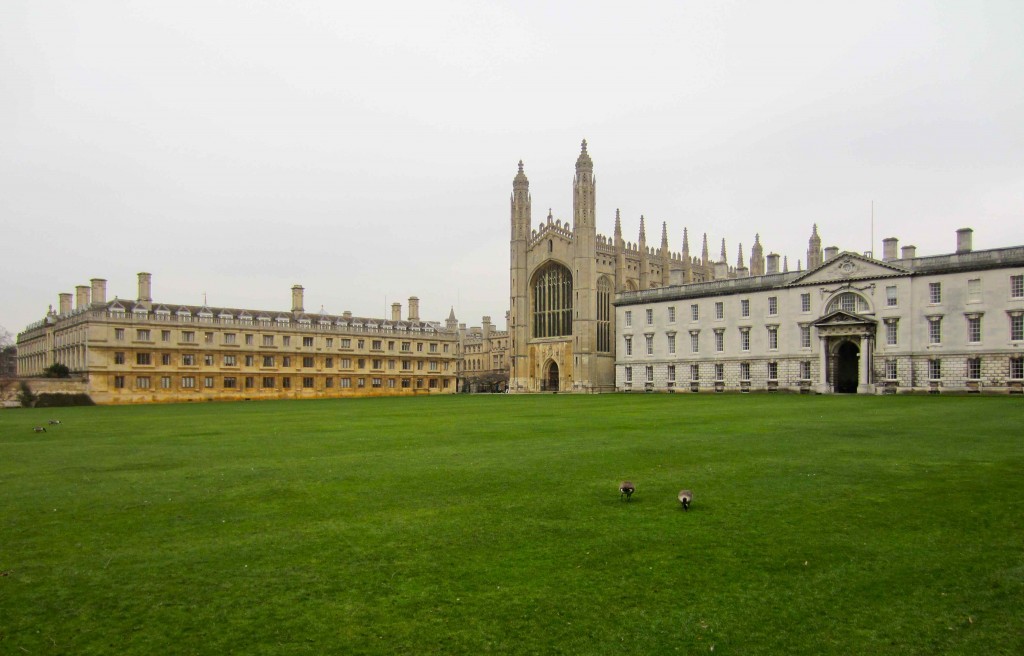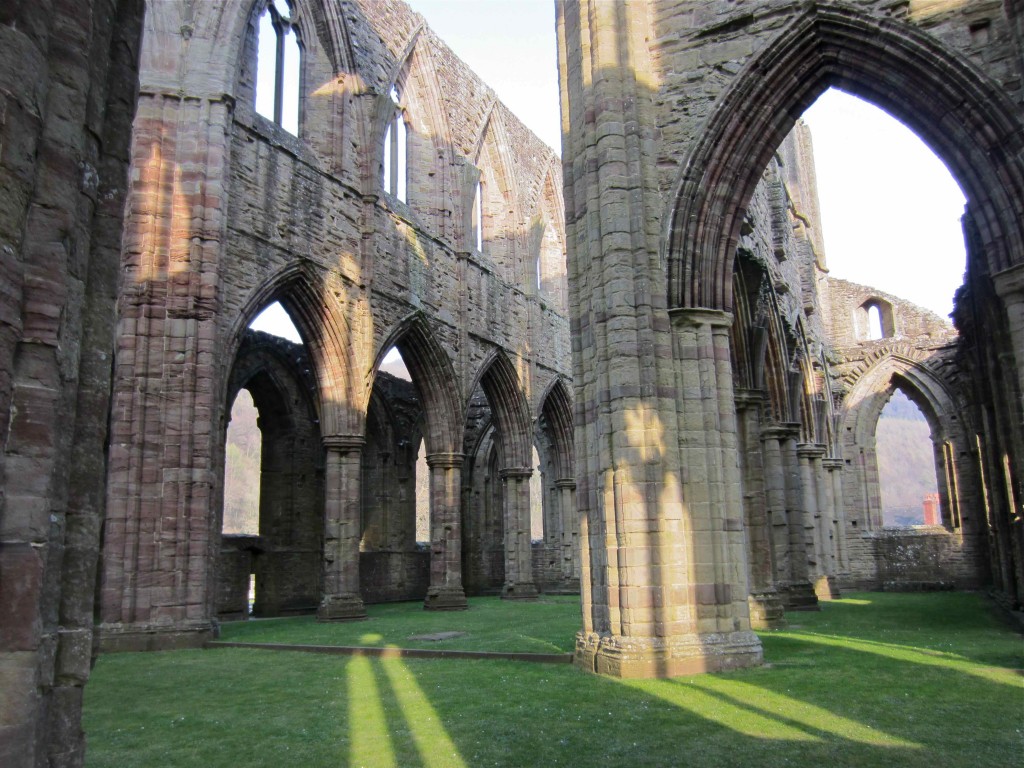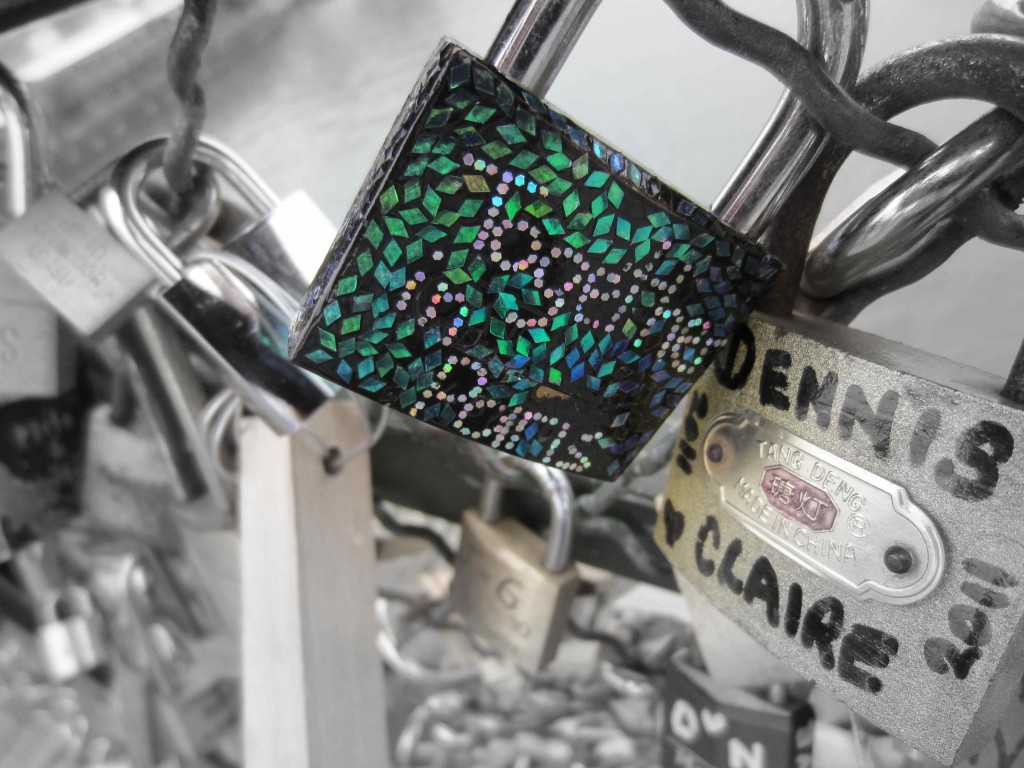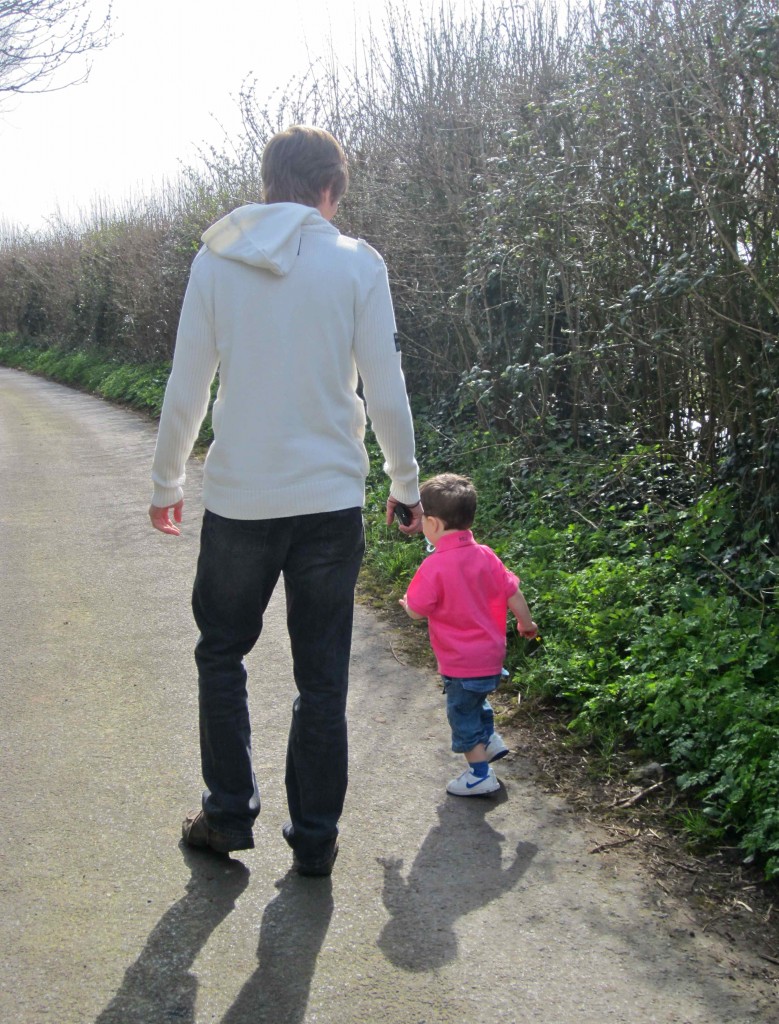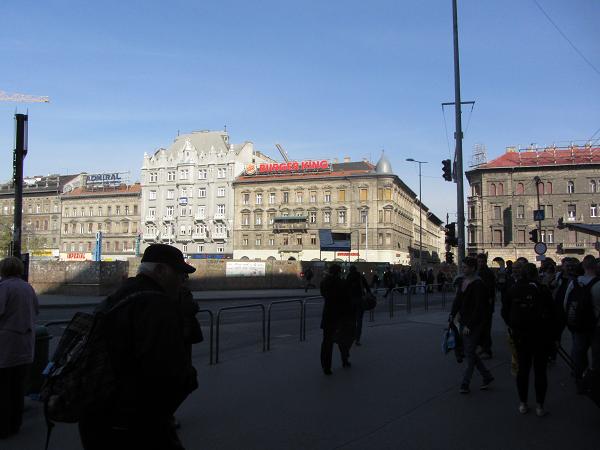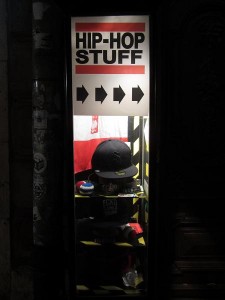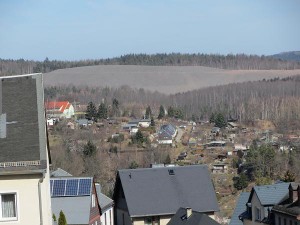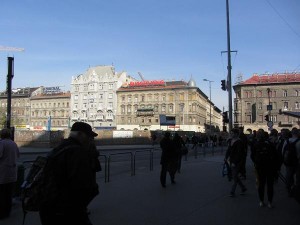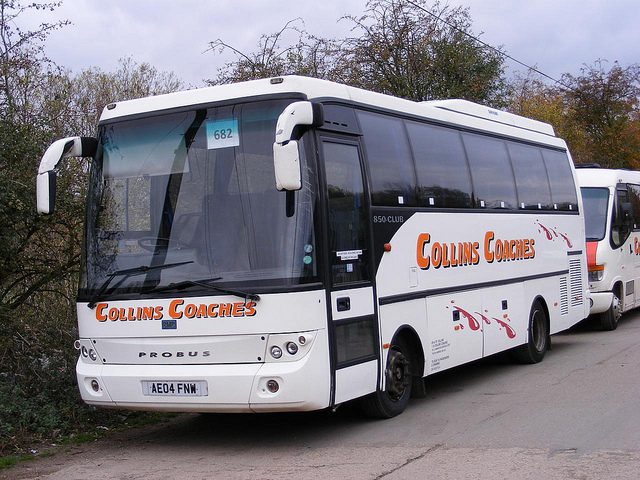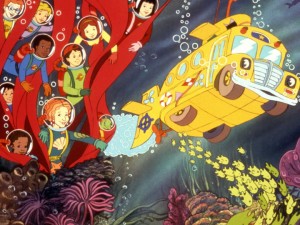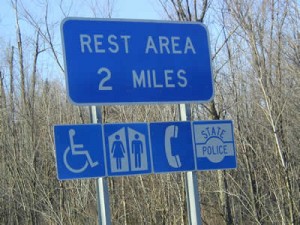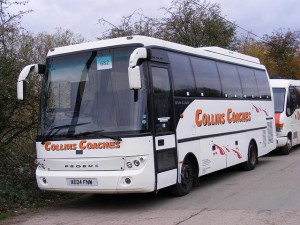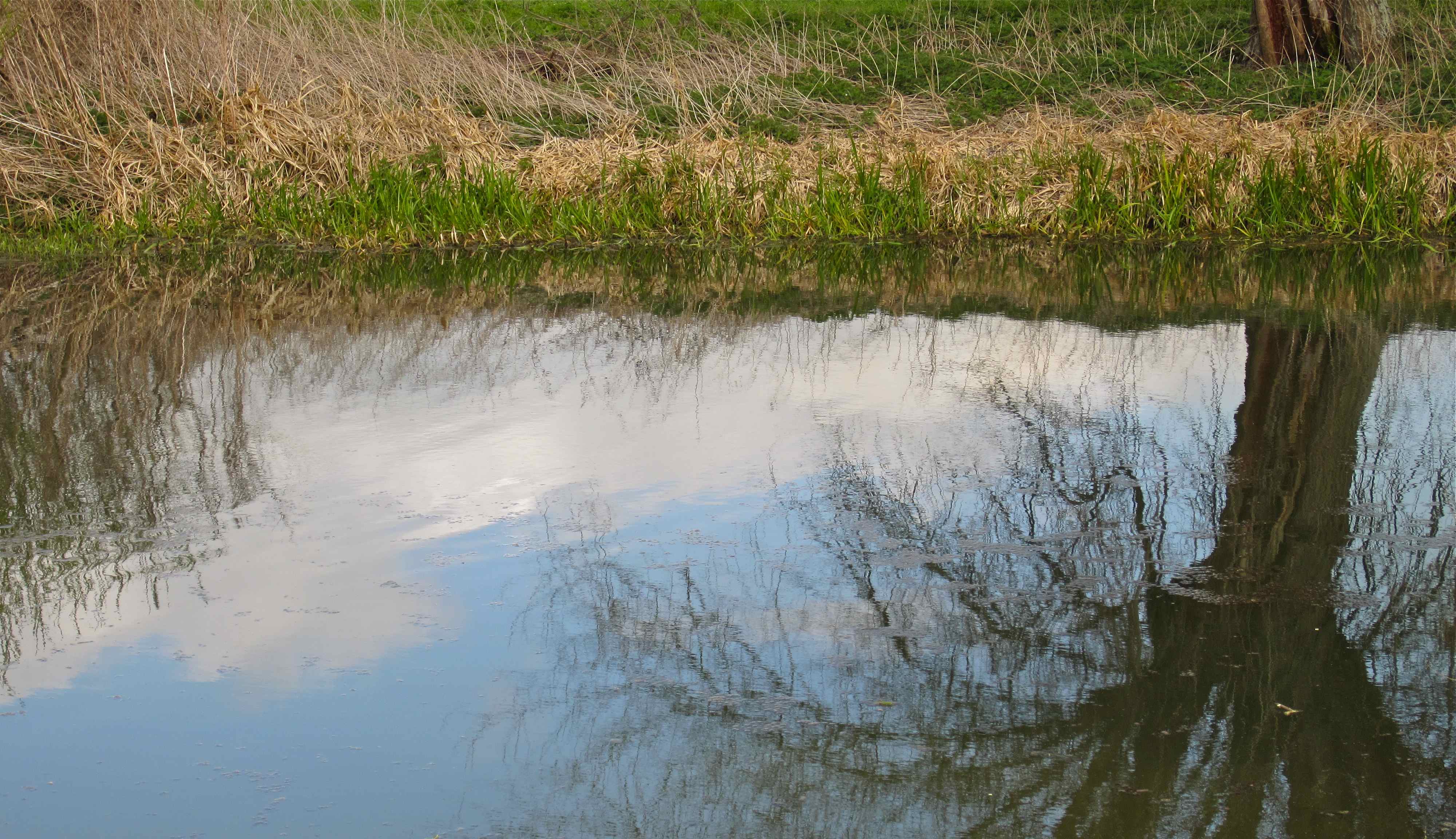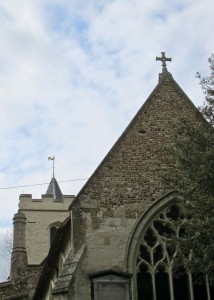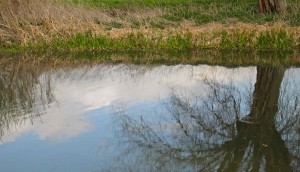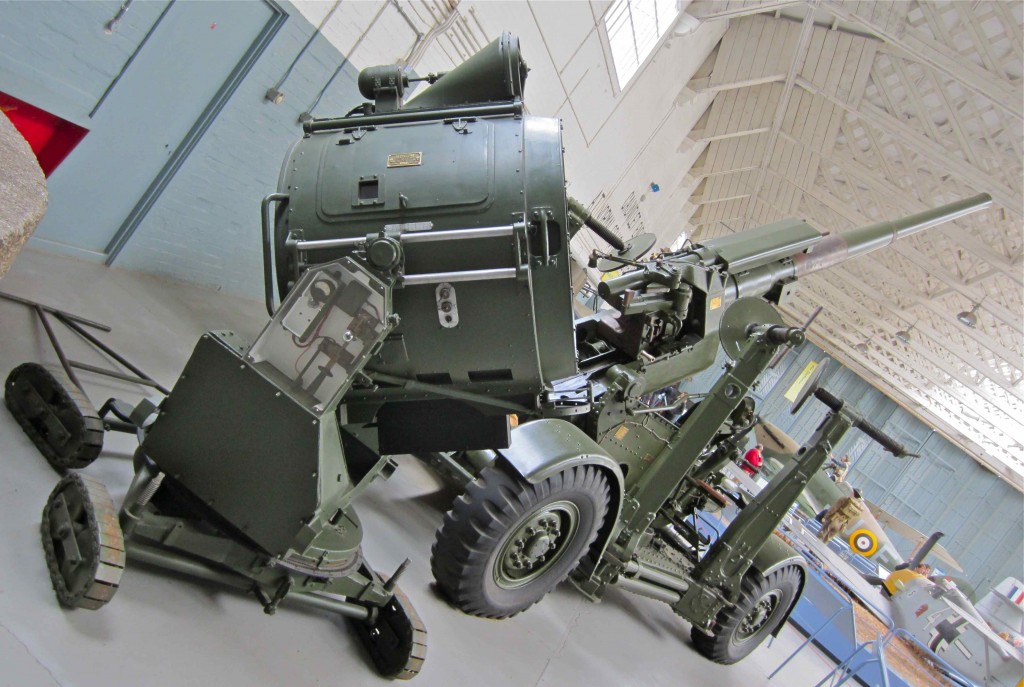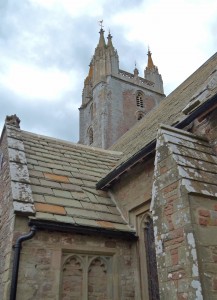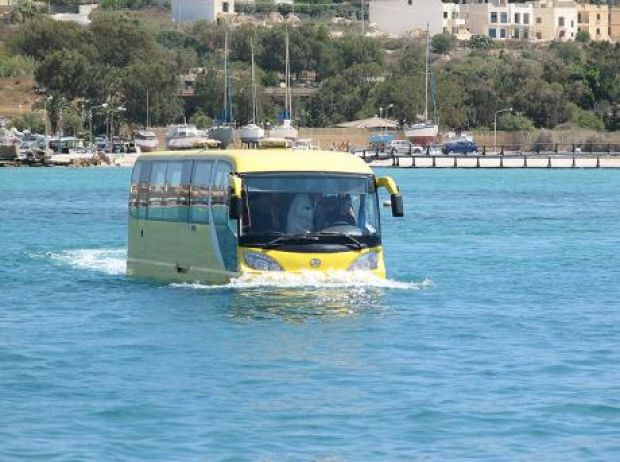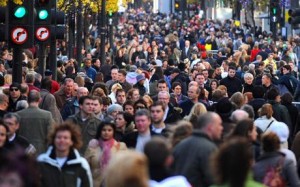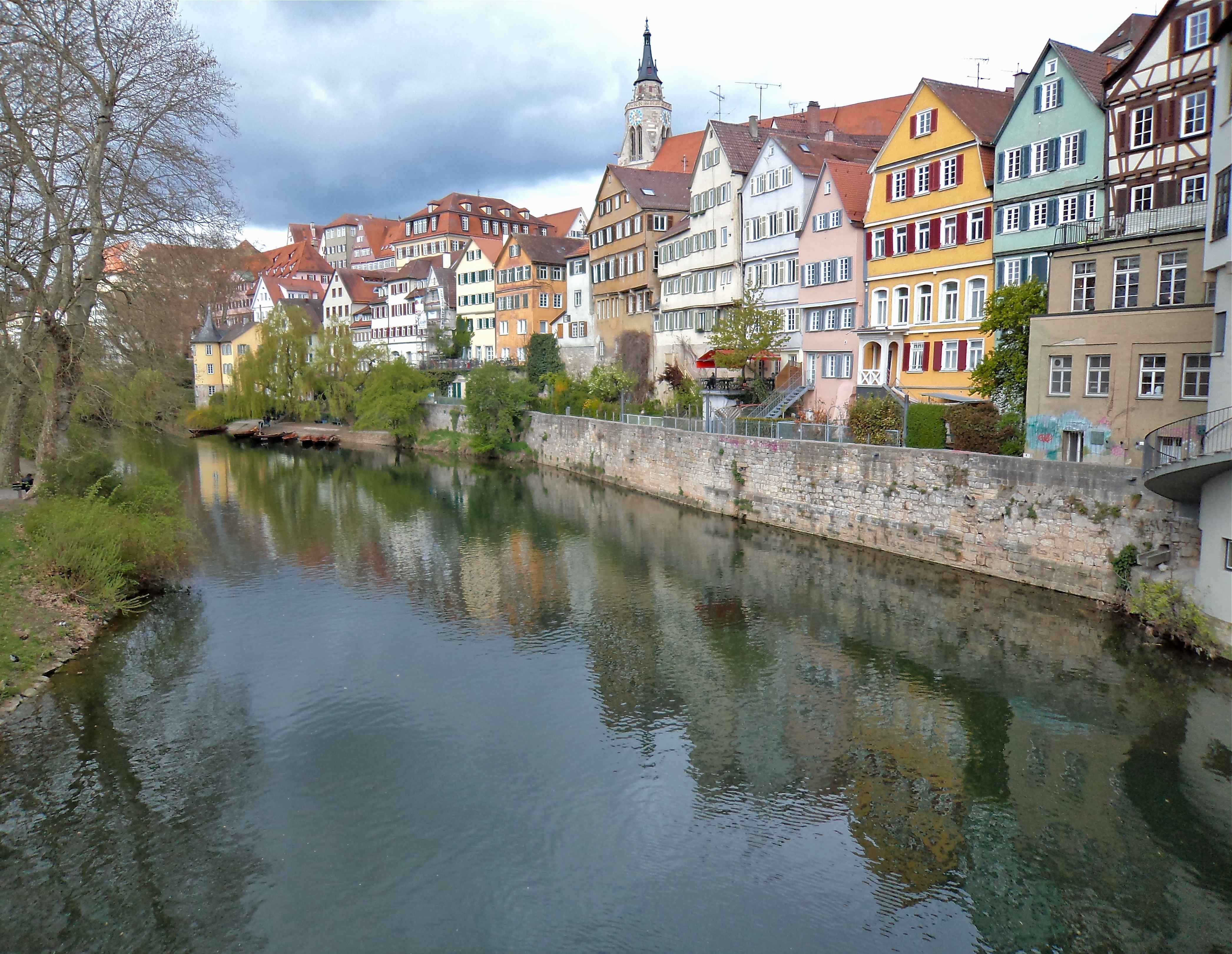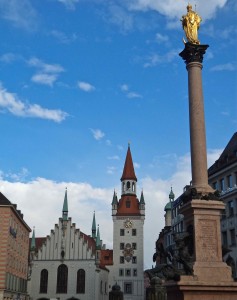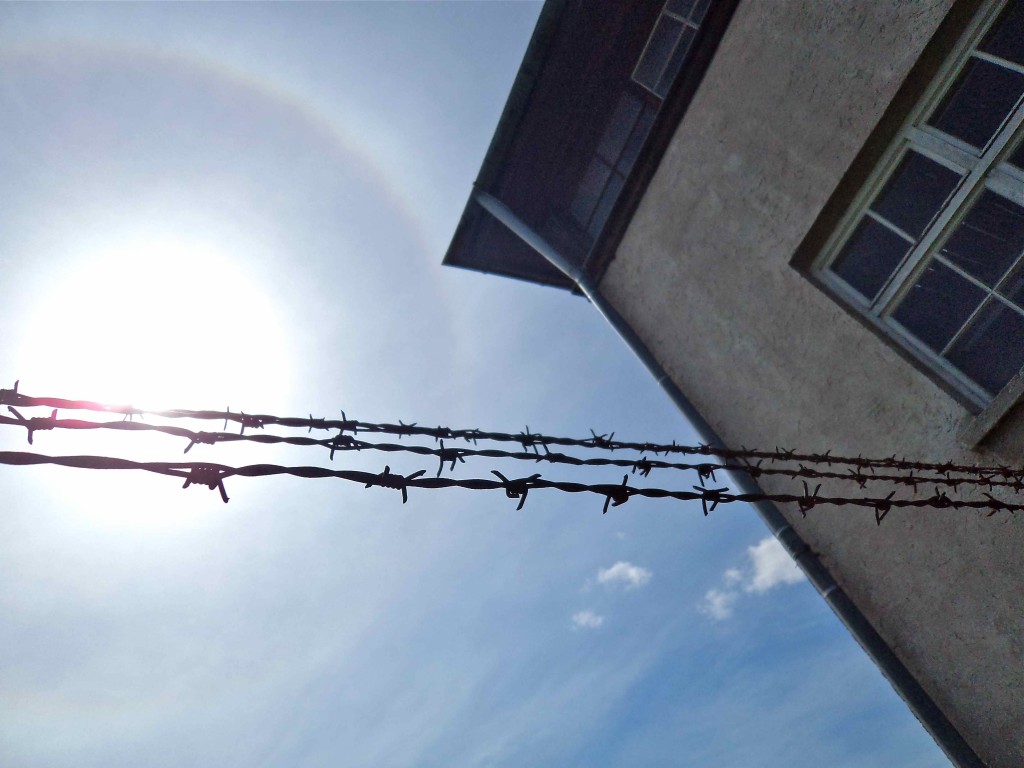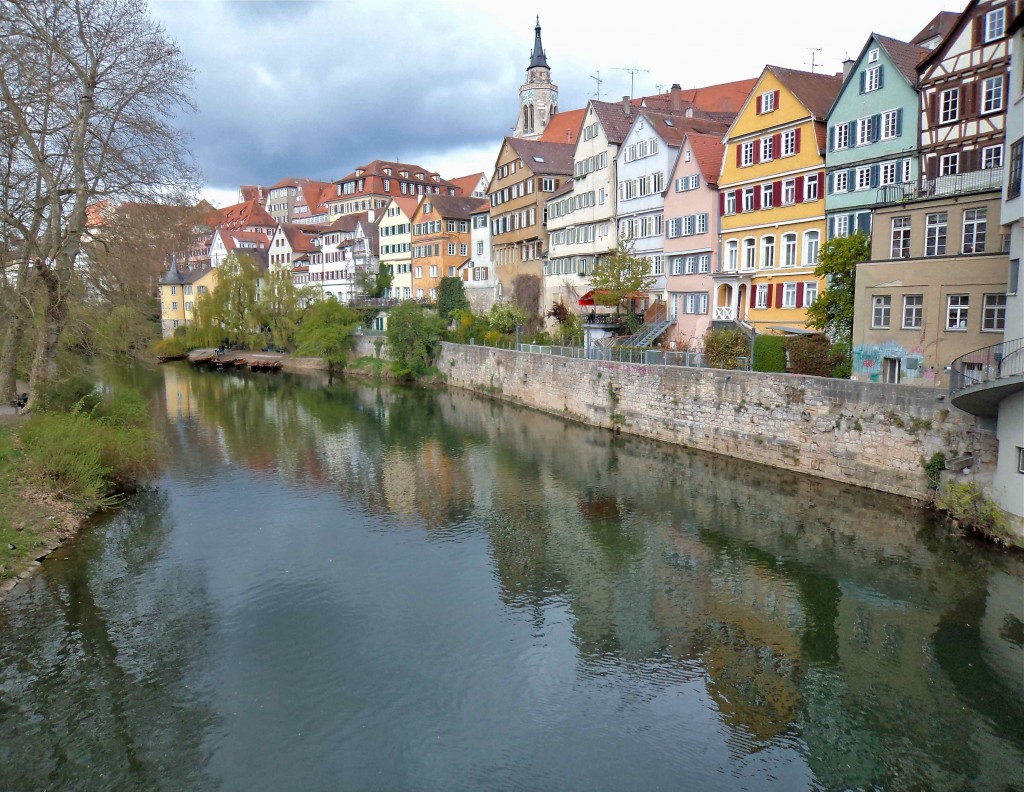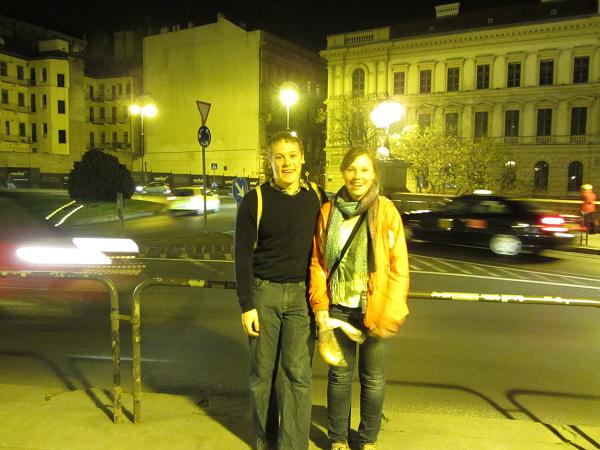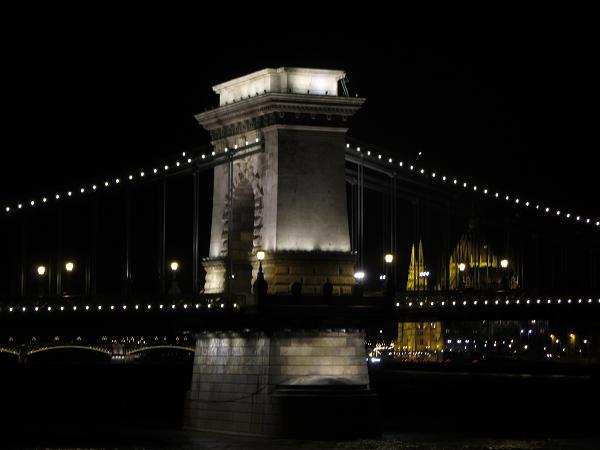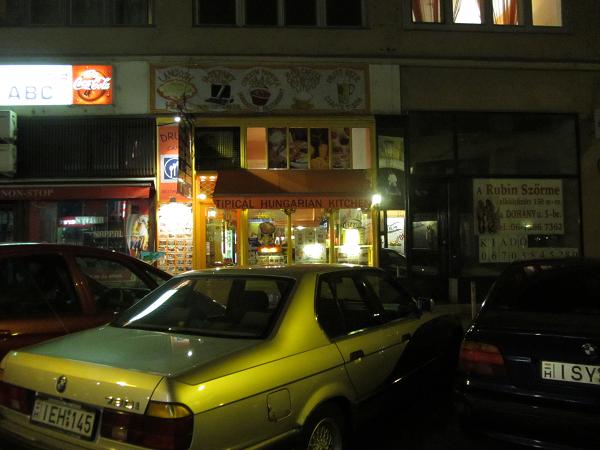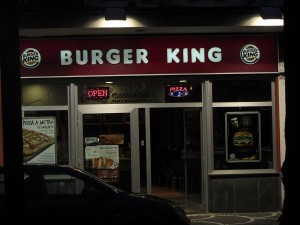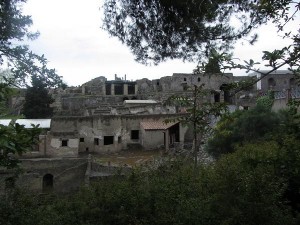Differences between the UK and Europe certainly exist. I can remember three occasions on my trip when people in Europe asked me what I thought of the English people – meaning, “What do you think about how different they are?” Being placed in the position of responsibility for representing all of the UK was difficult, because, with my little experience interacting with the English, I did not feel qualified to answer. Sometimes I said this, and other times I just put a stutter-filled answer together.
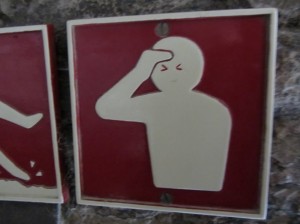
A funny sign I found in Wales which represents the way I feel when asked, "What do you think about England?"
The English are more reserved than the Europeans I ran into. Everyone I spoke with seems to have been aware of this, both the English and the Europeans joked about it. This mindset may not last long though. While in Poland, Alaina and I took a free walking tour that ended in a pub crawl where we talked with two English guys. One was extremely out-going, and the other told us how he was trying to break out of his Englishness and get up to date with the 21st century. He lamented the fact that, “most people in England seem like they stepped straight out of a Victorian novel.” The youth throughout the UK seem to be more outgoing than their parents, and with the advent of the internet, I do not see them being able to resist becoming a bit more outgoing.
The Europeans may have seemed extra stuffy in comparison to the people I met in Europe because most of the people I met were from the Mediterranean, an area known for its outgoing people. In Croatia, the woman we stayed with had her daughter bring us free wine after we arrived. In Italy, our host cooked us two very special pastas, and then his flatmate gave us two of his aunt’s homemade liqueurs. This type of behaviour seems to be rarer in England than in other parts of Europe, but things have to go on a case by case basis. One of the adult scholars in my course at Anglia Ruskin invited Alaina and me to dinner, and they were extremely hospitable. Germans are also known for their reserve, as are the Dutch. So, making a blanket statement about the differences between the UK and Europe as a whole is quite difficult. There are stuffy pockets of civilization throughout the world.
One difference between the UK and Europe that I am comfortable making is that the UK seems to place more importance on pub culture than Europe. The number of pubs I can see anywhere in England vastly outweighs the number I found when I travelled through Europe. One similarity is the importance of football. Everywhere I went, football was one of the most important things on young men’s minds. Music in certain areas of Europe differs from the UK. Both places make heavy use of American music, but Europe differs from the UK in that they enjoy listening to electronica. Hostels in Germany, Poland, and the Netherlands all played a great deal of electronica. The style of dress appears to be similar throughout the UK and Europe when it is adjusted for income level. Rich cities in Italy featured people dressing like people in Cambridge, where poorer cities in Croatia featured people dressing like Norwich, England. All in all, this trip has showed me the similarities between people more so than the differences between them.
